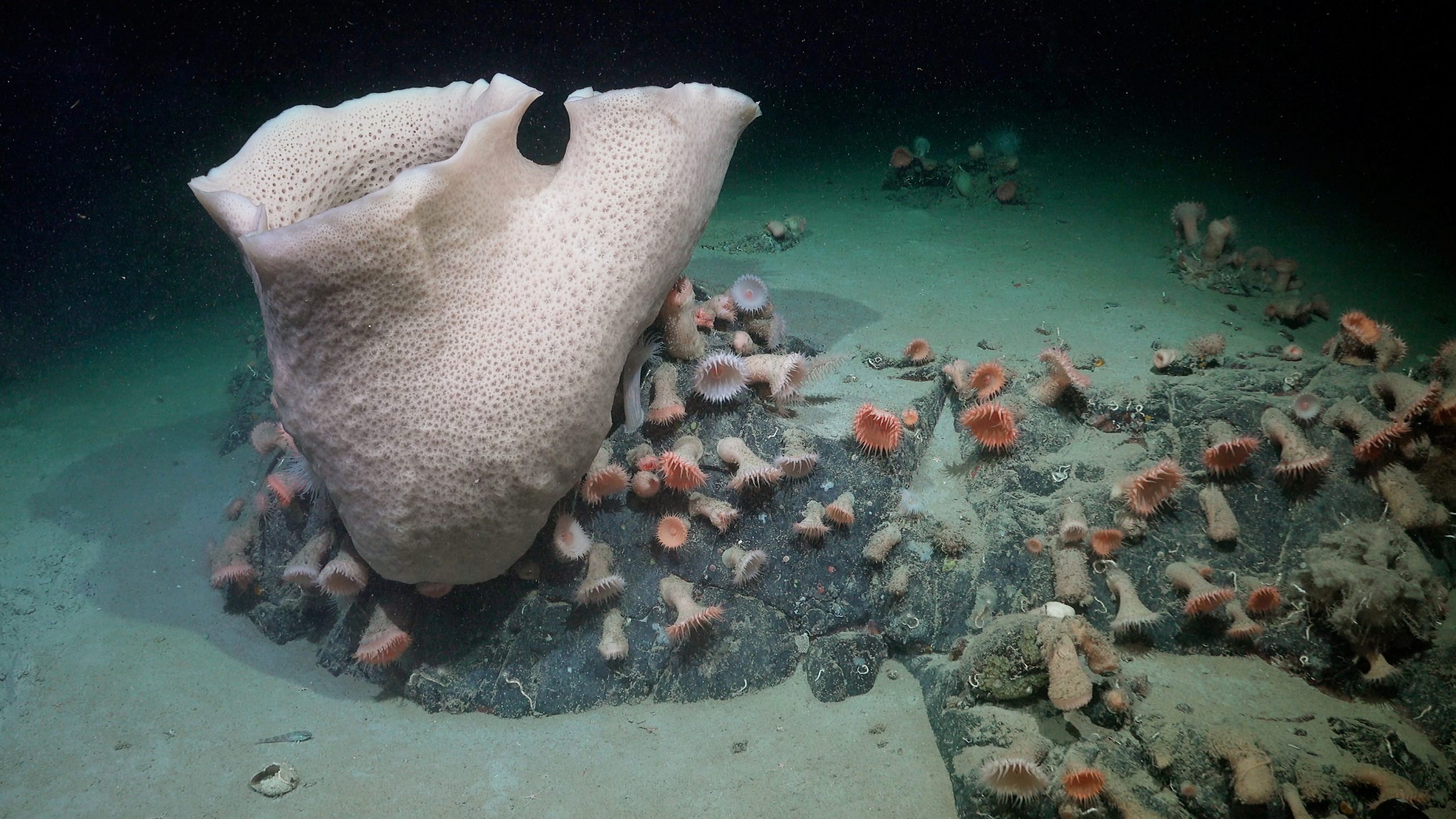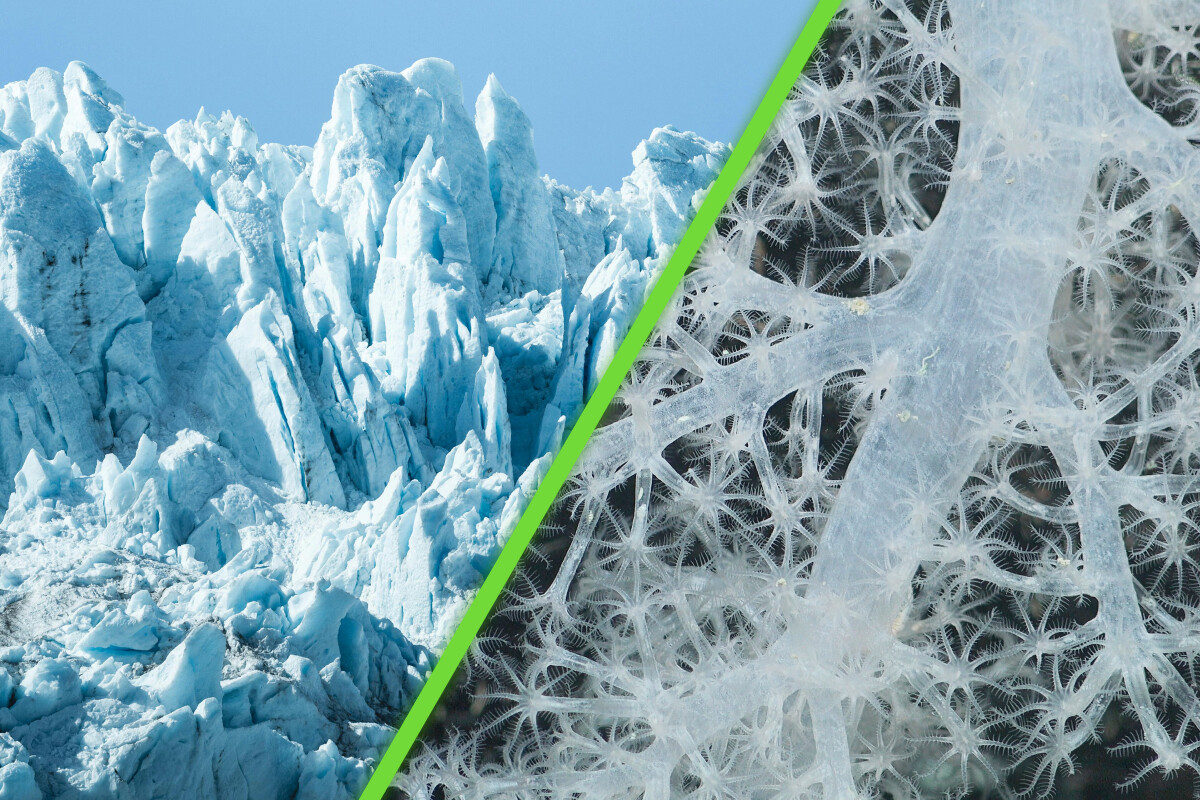Recently, an iceberg measuring approximately 600 square kilometers (almost a quarter of the surface area of Mexico City) broke off from a huge ice shelf in Antarctica. This allowed scientists to discover a rich ecosystem with diverse species inhabiting the Antarctic seabed. Some of these creatures have never been seen before.
It is a finding reminiscent of a science fiction story or a tale by H.P. Lovecraft. However, its importance lies not only in the number of new species discovered, but also in the fact that it contrasts with previous studies, which indicated that ecosystems under the ice were “rather impoverished, with a limited number of species”.
Expedition reveals a hidden world under the ice
In January 2025, a team from the Schmidt Ocean Institute was in Antarctica to study how climate change affects the ice and the ecosystems that inhabit it. However, a gigantic iceberg that broke off from the edge of a glacier known as the George VI platform exposed an area of the seabed that until then had remained covered by ice, giving scientists the opportunity to explore it.
Using a remotely operated vehicle called the SuBastian, the researchers spent eight days exploring the area where the iceberg used to be. As the vehicle descended deeper and deeper to the seabed, they were able to observe thriving ecosystems at depths of up to 1,300 meters. These were inhabited by a wide variety of species: large corals, sponges, giant sea spiders and octopuses. According to the press release, the team may have discovered several new species.
Patricia Esquete, scientific co-director of the expedition, said that “judging by the size of the animals, the communities we observed have been there for decades, perhaps even hundreds of years,” such as the sponge in the image below. The expert explains that these organisms grow very slowly, sometimes only two centimeters per year. Given its size, the specimen in the photograph must have lived for decades or even centuries.

A scientific finding of great importance
For Aleksandr Montelli, co-director of the expedition, this is the first time that an exhaustive and interdisciplinary study has been completed in an environment as challenging as that found under an ice shelf. Science Alert explains that underwater robotic vehicles face great challenges in subjecting themselves to environments of extreme pressure and temperature. Ice thickness is also a problem for navigation systems, which rely on acoustics rather than GPS.
According to Scientific American, previous research was limited to inserting cameras through holes drilled in the ice or was carried out years after the iceberg had calved. These studies concluded that these were ecosystems with few species. That is why the Schmidt Ocean Institute expedition completely revolutionizes everything that was thought to be known about life in these environments.
The scientists also want to discover how these organisms will develop after the iceberg breaks up. Many of these species have adapted to very specific conditions in their environment and are very sensitive to environmental changes. Losing its “roof over”, the newly discovered ecosystem could be seriously affected.









